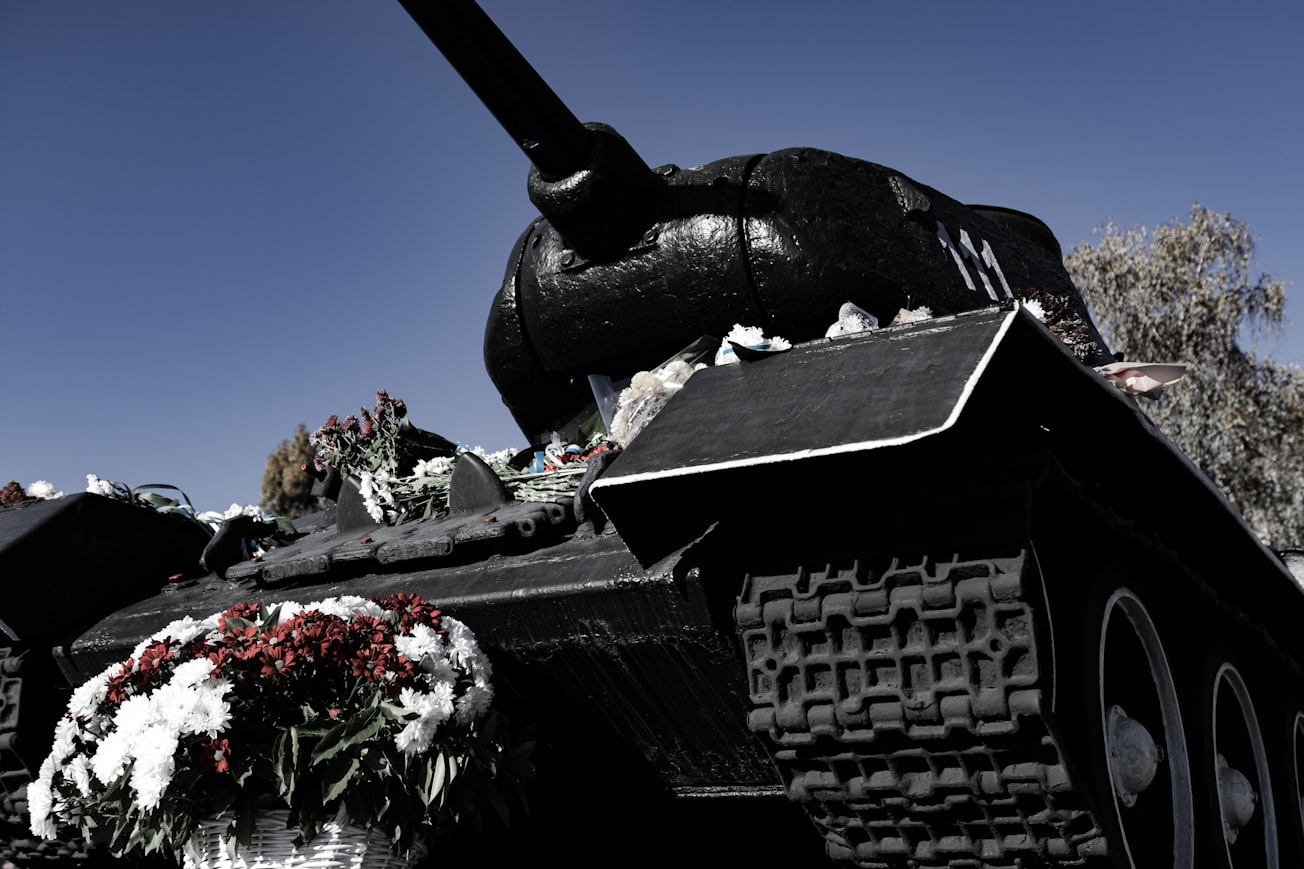What is it about?
Soviet tank armies used a form of logistics different from that of Western armies that specifically allowed them a high degree of mobility and the ability to operate deeply behind enemy lines without fear of interruption. The buildup for offensives was provided by railways, and the offensives themselves were time limited, awaiting the arrival of the field armies and restored railway connections. Nonetheless, when used as part of a series of offensives, these long-range penetrations acted to break up the German defenses. The reason for choosing the Uman–Botoșani Operation for this study is that according to Soviet historiography, it represented the first occasion in which the ‘deep operation’ concept was successfully implemented.
Featured Image

Photo by Maksym Tymchyk on Unsplash
Why is it important?
This is the first study of the logistics of tank armies and is based on primary documents showing how these large units managed to advance so far and so fast despite inadequate means of transport.
Perspectives
This paper is part of a series which explore the logistics of the Red Army during the Second World War and concentrates on the fact that the USSR was a poor country with very limited resources and a huge army. Despite these limitations, the Red Army managed to achieve unrivalled concentrations of combat power and rates of advance in it's offensives from 1943 onwards. This project seeks to understand how this was done, given the reliance on railways and a small transport fleet.
H. G. W. Davie
University of Wolverhampton
Read the Original
This page is a summary of: Logistics of the Tank Army: The Uman–Botoșani Operation, 1944, The Journal of Slavic Military Studies, July 2020, Taylor & Francis,
DOI: 10.1080/13518046.2020.1824106.
You can read the full text:
Contributors
The following have contributed to this page










